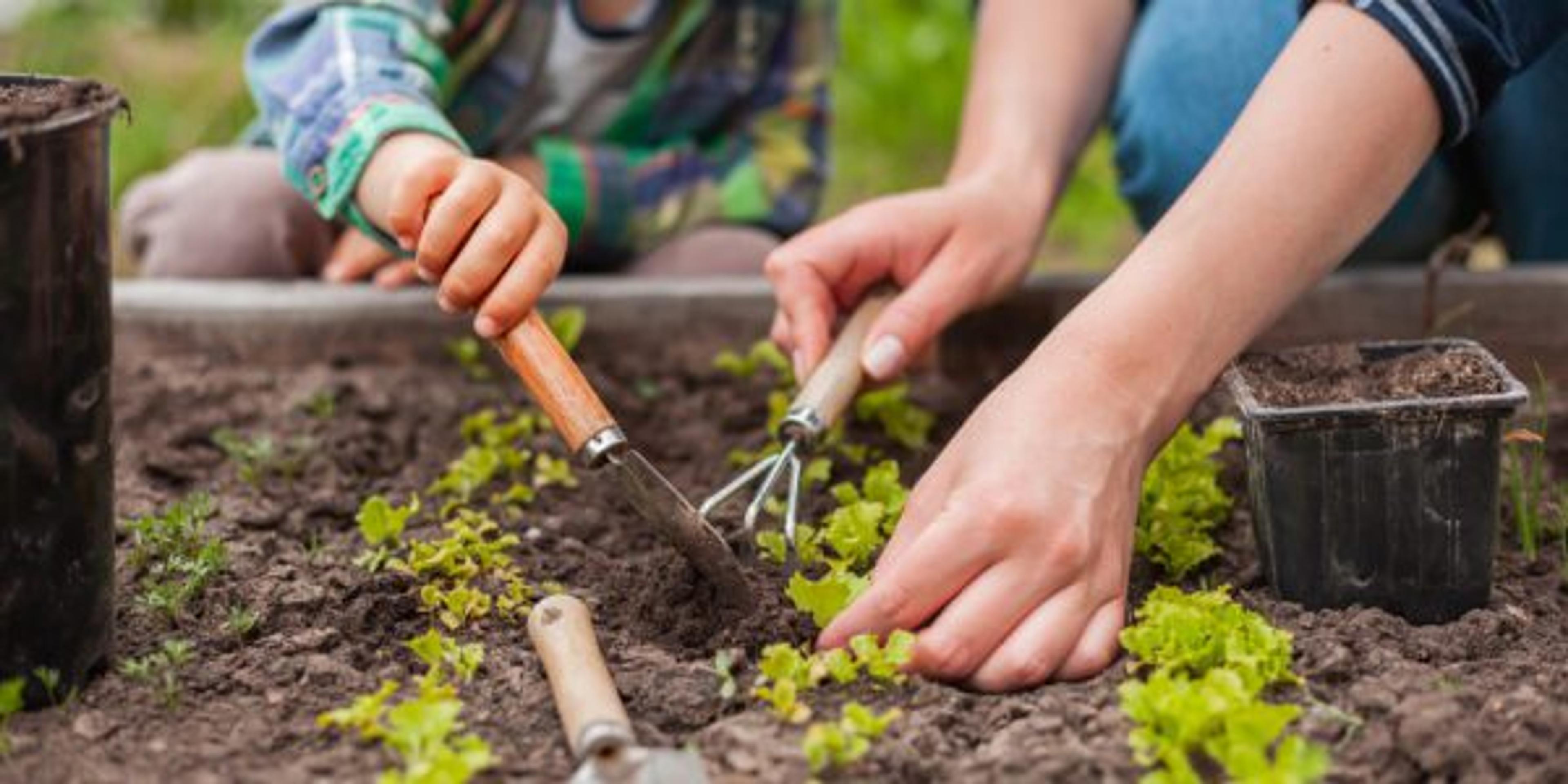How to Teach Kids Easy Container Gardening in 4 Steps
Shandra Martinez
| 3 min read

For young children who love to explore, gardens can be magical places where they utilize all their senses. There might be bright red strawberries that fit perfectly in their hands, buttery soft baby lettuce leaves that tickle their fingers, or the sweet taste of a cherry tomato still warm from the sun. For months of pint-sized fun, you can teach kids container gardening in just a few easy steps.
Gardens are not only great places to make memories, they’re also packed with learning opportunities for little ones. By creating some simple garden spaces, adults are showing children the importance of fresh food and healthy eating. Young kids have an outdoor activity that works their minds and bodies in tandem, enhancing their fine motor skills and using plant and seed packages to teach early lessons in math and reading, according to the Michigan State University’s Extension service.
Here are some simple ways to get started:
Find sturdy containers. For a children’s container garden, fancy equipment is not required. Check your home or garage for some extra plastic or terracotta flower pots. Any container will do – even old laundry baskets or buckets – as long as there are holes in the bottom for drainage. Don’t be afraid to use a mishmash of different types of containers. Some can be low and shallow, perfect for growing lettuces, spinach and herbs. Others can be deep to house plants with big roots, like tomatoes or carrots. Fill them with good-quality potting soil, or a mix of that and your existing garden soil.
Pick a place to put them. Placement for container gardening depends on the spaces you have available. If children are very young, front porches or backyard decks might be nice, nearby spots. If you have an existing garden area, you can place your containers right in the dirt and let the kids know that is their special spot. Most garden plants thrive in full sun, but some plants will still do well if they are in partial shade. Lettuces, spinach, swiss chard, peas and potatoes are among the group that can still do well in the less-sunny areas.
Find their favorite plants. The younger children are, the more instant gratification they will want in their gardens. Preschoolers love to see early fruits and veggies, so a container producing June strawberries or fast-growing sugar snap peas or green beans will give them a quick reward. Herbs started as a sprinkling of seeds or even as small plants are other big favorites.
To prepare kids for container gardening, ask them what their favorites are and let them help decide what to plant. Make sure you plant things that have different growth spans. This encourages kids to keep checking the garden for anything new. Once the spring peas are done, they can start watching the green beans grow, or the first early tomato or little patty pan squash.
Keep them alive and well. Container gardens might be small, but they can offer big lessons in responsibility and teamwork. Most children can help with the planting. Once the veggies and fruits start to grow, have them check the plants daily for progress. Using a hose or watering can, they can water the plants every few days. And when the first sweet berries or produce is ready to pick, getting the first taste is something they’ll always remember.
Related:
Photo credit: Getty Images





